From DSC:
Check out the 2 items below regarding the use of voice as it pertains to using virtual assistants: 1 involves healthcare and the other involves education (Canvas).
1) Using Alexa to go get information from Canvas:
“Alexa Ask Canvas…”
Example questions as a student:
- What grades am I getting in my courses?
- What am I missing?
Example question as a teacher:
- How many submissions do I need to grade?
See the section on asking Alexa questions…roughly between http://www.youtube.com/watch?v=e-30ixK63zE &t=38m18s through http://www.youtube.com/watch?v=e-30ixK63zE &t=46m42s
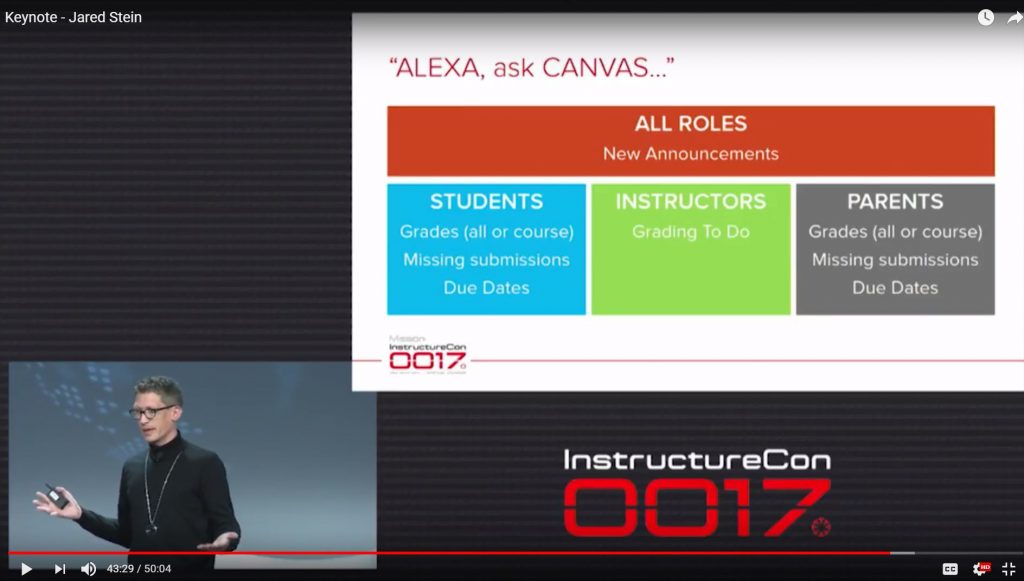
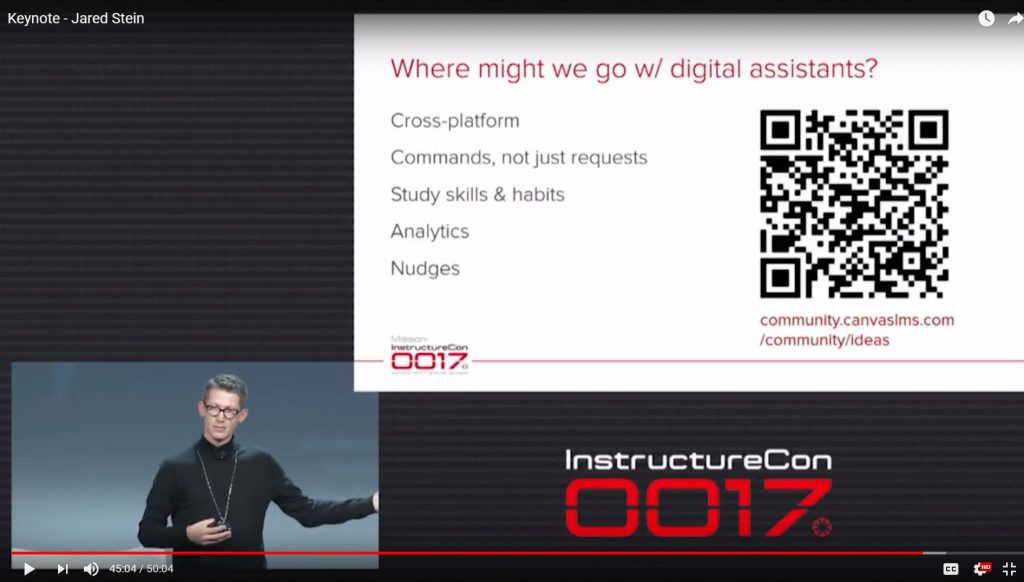
2) Why voice assistants are gaining traction in healthcare — from samsungnext.com by Pragati Verma
Excerpt (emphasis DSC):
The majority of intelligent voice assistant platforms today are built around smart speakers, such as the Amazon Echo and Google Home. But that might change soon, as several specialized devices focused on the health market are slated to be released this year.
One example is ElliQ, an elder care assistant robot from Samsung NEXT portfolio company Intuition Robotics. Powered by AI cognitive technology, it encourages an active and engaged lifestyle. Aimed at older adults aging in place, it can recognizing their activity level and suggest activities, while also making it easier to connect with loved ones.
Pillo is an example of another such device. It is a robot that combines machine learning, facial recognition, video conferencing, and automation to work as a personal health assistant. It can dispense vitamins and medication, answer health and wellness questions in a conversational manner, securely sync with a smartphone and wearables, and allow users to video conference with health care professionals.
“It is much more than a smart speaker. It is HIPAA compliant and it recognizes the user; acknowledges them and delivers care plans,” said Rogers, whose company created the voice interface for the platform.
Orbita is now working with toSense’s remote monitoring necklace to track vitals and cardiac fluids as a way to help physicians monitor patients remotely. Many more seem to be on their way.
“Be prepared for several more devices like these to hit the market soon,” Rogers predicted.
From DSC:
I see the piece about Canvas and Alexa as a great example of where a piece of our future learning ecosystems are heading towards — in fact, it’s been a piece of my Learning from the Living [Class] Room vision for a while now. The use of voice recognition/NLP is only picking up steam; look for more of this kind of functionality in the future.
![The Living [Class] Room -- by Daniel Christian -- July 2012 -- a second device used in conjunction with a Smart/Connected TV](http://danielschristian.com/learning-ecosystems/wp-content/uploads/2012/07/The-Living-Class-Room-Daniel-S-Christian-July-2012.jpg)










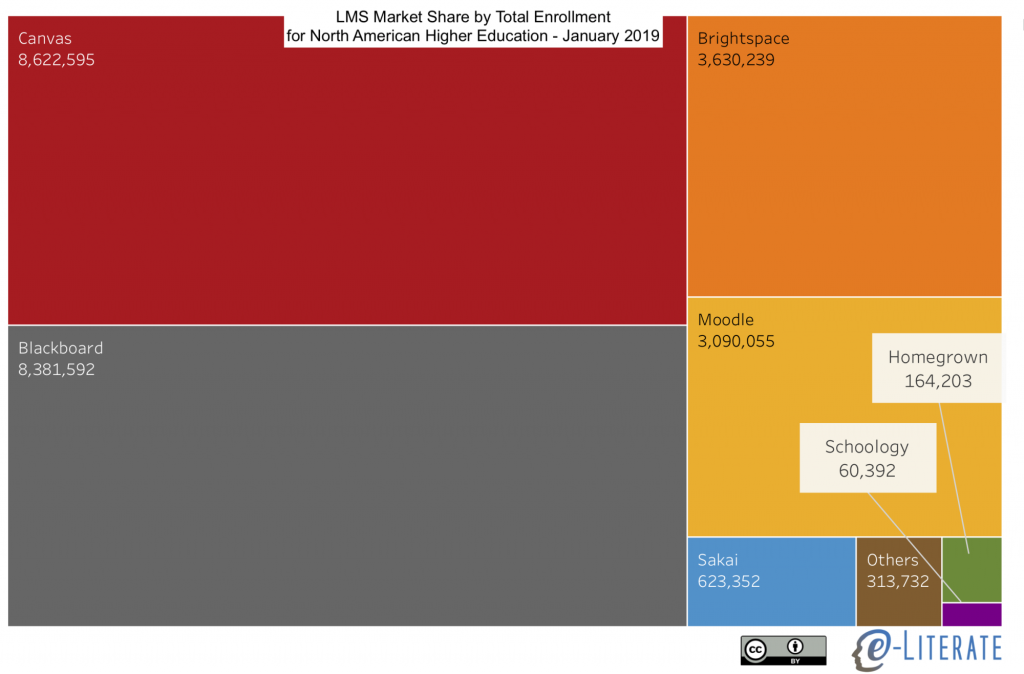
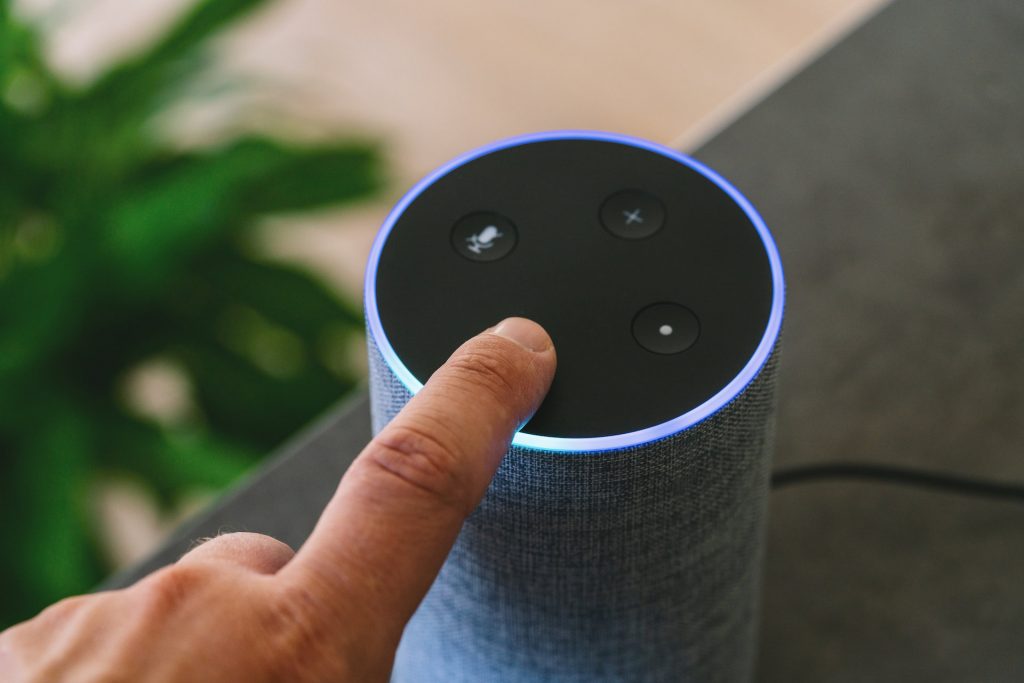
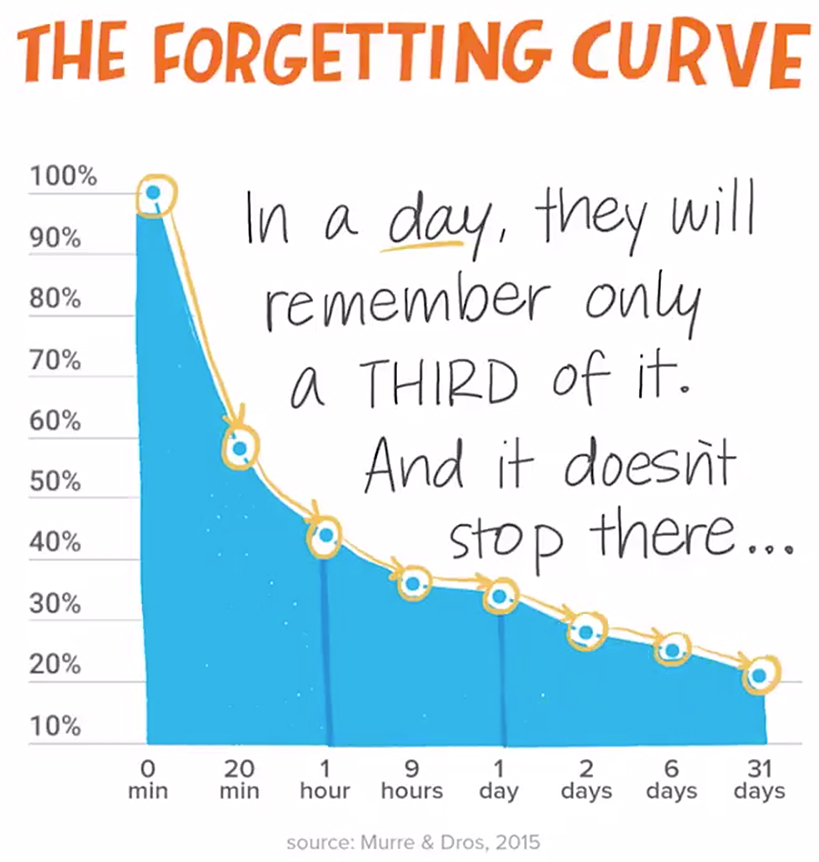
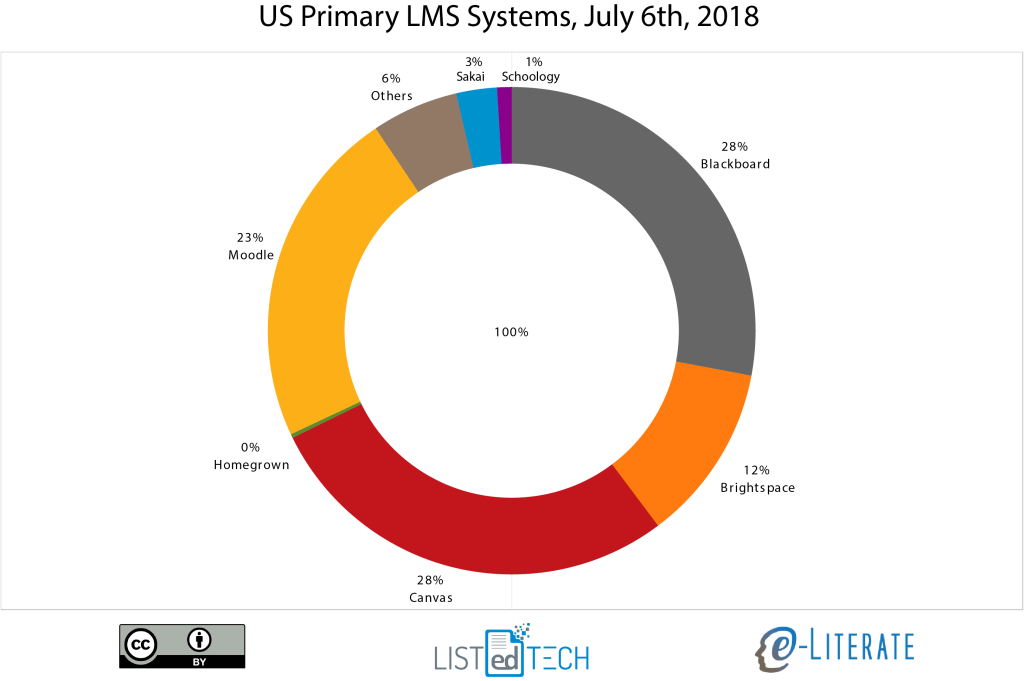


![The Living [Class] Room -- by Daniel Christian -- July 2012 -- a second device used in conjunction with a Smart/Connected TV](http://danielschristian.com/learning-ecosystems/wp-content/uploads/2012/07/The-Living-Class-Room-Daniel-S-Christian-July-2012.jpg)